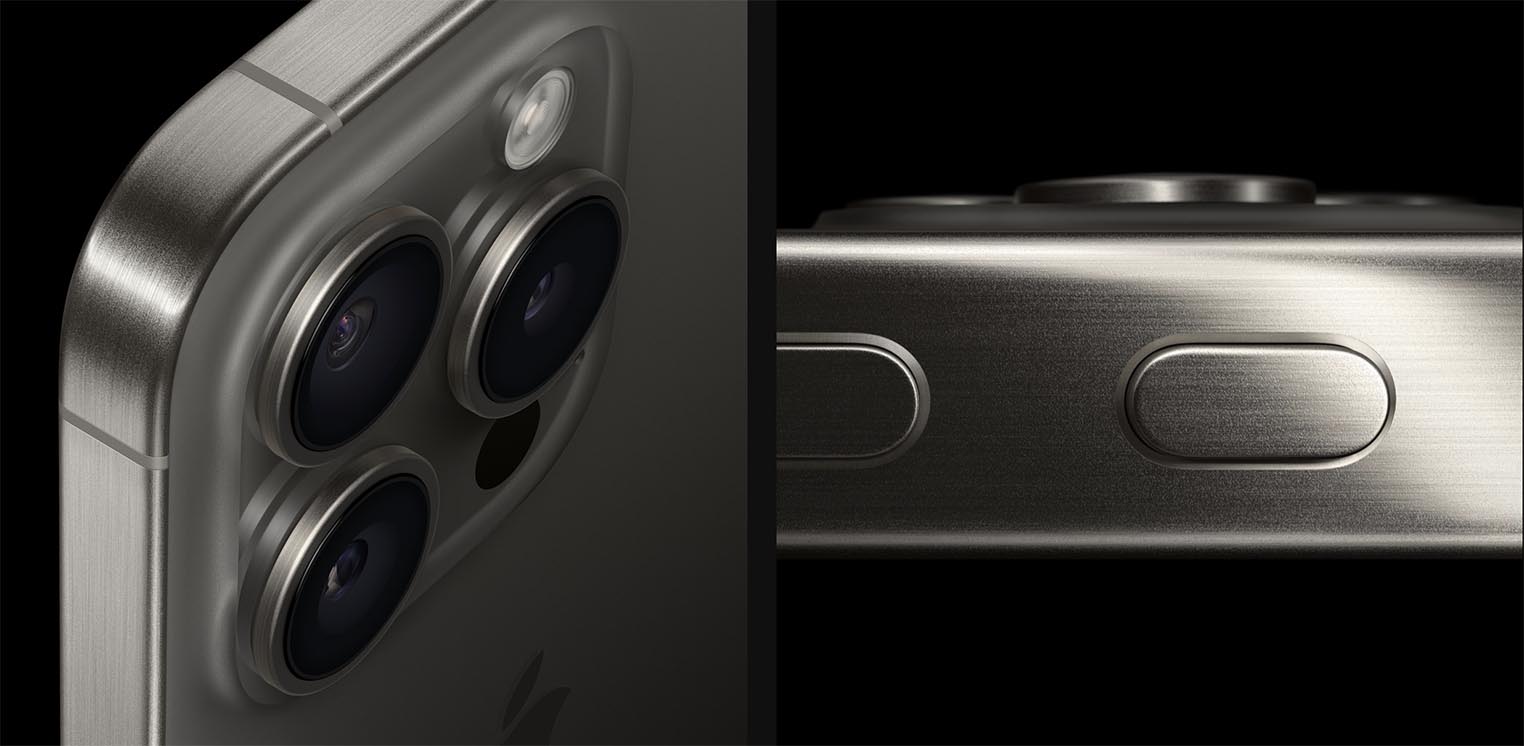Diodes are crucial parts of electronics, and conventional recovery diodes are frequently used in circuits for protection, voltage regulation, and rectification. Because of their particular recovery durations, standard recovery diodes are better suited for some applications but less for others. Here, you can analyze standard recovery diodes, outlining their characteristics, uses, and advantages in electronic circuits:
What Are the Standard Recovery Diodes?
A typical recovery diode is a PN junction diode that conducts current mostly in one direction. It has a slower recovery time than fast or ultrafast recovery diodes, so it takes longer for the diode to revert to a non-conducting state when the current polarity reverses.
This property makes typical recovery diodes useful for situations where speed is not a key issue, such as rectifying AC mains voltage in the power supply. Their delayed recovery time helps to reduce manufacturing costs, making them an affordable option for applications where switching speed is not crucial.
Construction and Working Principles of Standard Recovery Diodes:
Standard recovery diodes are made with silicon as the foundation material. When a forward voltage is placed across the diode, the positive terminal contacts the P-side, allowing current to flow. When a reverse voltage is provided, the P-side goes negative, and the diode blocks the current.
These diodes work based on minority carrier injection. When forward-biased, electrons and holes recombine across the junction, allowing current to flow. The depletion region grows in reverse bias, stopping current flow until a predetermined voltage threshold is reached. Beyond this point, the diode may undergo avalanche breakdown, resulting in permanent damage if not effectively regulated.
Standard Diode and Rectifiers:
Standard recovery diodes and rectifiers are power semiconductors. Standard recovery diode and rectifier units typically contain one or two diodes/rectifiers in various configurations. These diodes/rectifiers are often desired for their low forward voltage, low thermal impedance, and excellent surge and current ratings. Standard recovery diodes and rectifiers are used in power supply, motor control circuits, battery chargers, resistance welding circuits, and free-wheeling diodes.
Applications for Standard Recovery Diodes:
Standard recovery diodes are widely used in power supply, notably for AC-DC rectification. Bridge rectifiers convert alternating current to direct current, a necessary step in most electronic devices. They are widely used in domestic appliances, chargers, and low-frequency inverters.
These diodes are also used in motor control circuits and DC power systems, where the slower recovery time does not degrade performance. For example, in applications where electrical noise is an issue, normal recovery diodes are frequently favored over fast-recovery diodes because they transit slowly and emit fewer high-frequency transients.
How To Choose the Right Diode?
Choosing the appropriate diode for your project is dependent on several criteria. Here are some things to consider:
-
Voltage and Current Ratings:
Ensure that it can shunt the predicted voltages and currents in your circuit.
-
Switching Speed:
For high-frequency applications, use a diode with a low recovery time.
-
Forward Voltage Drop:
In low-voltage circuits, forward voltage loss can be significant. Hence, a low forward voltage drop is recommended. Choose a diode with the appropriate reverse breakdown voltage for the application.
-
Temperature Considerations:
This is especially significant if your circuit’s operating temperature range is quite small, and you need to select a diode that can work within that range.
Advantages of Standard Recovery Diodes:
-
Cost-Effectiveness:
Standard recovery diodes are often affordable, making them excellent when cost is important.
-
High Voltage and Current Ratings:
These diodes can manage high power levels, making them useful for applications requiring large currents and voltages, such as power supplies and industrial motors.
-
Strength and Durability:
They are intended to withstand surge currents and transient circumstances, ensuring long-term performance even under extreme situations.
Practical Considerations for Using Standard Recovery Diodes:
When employing typical recovery diodes in a circuit, keep the following practical concerns in mind:
-
Heat Management:
Due to their relatively high forward voltage drop, standard recovery diodes can generate significant heat while operating at high currents. Thermal damage can be avoided with proper heat sinking or cooling.
-
Current Rating and Safety Margins:
To ensure lifetime, use a diode with a current rating that is comfortably higher than the operational current of the circuit.
-
Peak Inverse Voltage Margin:
For applications involving reverse voltage spikes, choosing a diode with a PIV rating greater than the predicted peak reverse voltage is essential.
-
Circuit Design for Recovery Time:
Standard recovery diodes can cause switching losses in circuits with medium-speed switching due to their recovery time. This issue can be mitigated by reducing the switching frequency or employing snubber circuits.
Wrapping It Up:
Those mentioned above are the things to know about standard recovery diodes. Standard recovery diodes are essential in everyday electrical applications because they provide the fundamental functionality required to convert and direct current flows. Their continued relevance in electronics highlights the need to select the proper diode for each application, assuring optimal performance.



